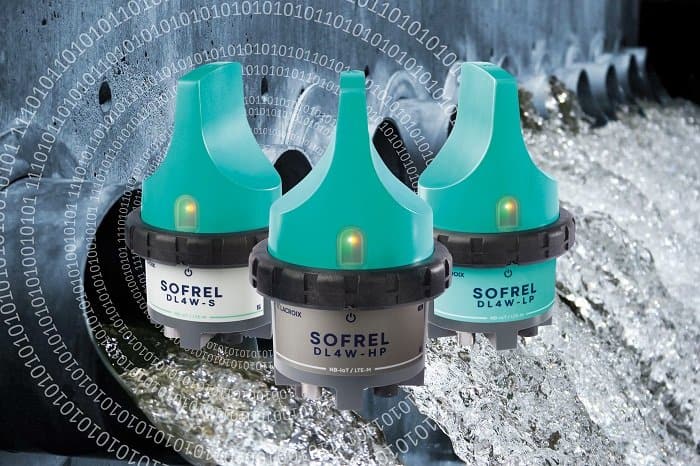Embracing the smart water concept involves the monitoring, control and command of water networks. Digitalisation is another key factor which might bring added value across this whole process, from the water sensors to virtualisation solutions such as analytics and SCADA, Eric Woo, business development manager, Asia, Lacroix, suggested.
Take SCADA for instance, it has the capability to remotely control and manage water networks, thus enabling plant operators to manage their networks better and optimise the operation of the devices they deploy. The SCADA central station thus serves as a gateway between the devices spread across the terrain and the operator responsible for analysing the network. Besides, the software also collects critical data such as the service life of technical parts and network outputs, allowing operators to better plan for supplementary installations for their network.
Under Lacroix’s SCADA offerings include the Sofrel PCWin2 SCADA Central Station designed for operating Sofrel networks. It features the Interface Homme Machine (IHM) in HTML5, which enables operators to remain in contact with their installations and monitor their network via mobile devices or PCs.
Other PCWin2 functions include a centralised alarm reporting via SMS and e-mail; automatic calculations of average flows, balances, formulas and more; curve plotting, graphic mimic diagrams; operating reports in Excel format; and self-configuration based on the parameters of the devices.
That said, a digitised water network has its set of vulnerabilities, as Woo told Water & Wastewater Asia: “Water network vulnerabilities are plentiful. The main issues lie in the ageing water infrastructure, which can lead to a high risk of leaks and non-revenue water, and the impact of climate change, particularly on combined sewer overflows (CSO) and water pollution.
“Lacroix already provides a water loss solution; the challenge is accurately finding the location of the leak to fix it quickly and efficiently. In the future, the challenge will be to use artificial intelligence to anticipate leaks and perform preventative maintenance to ensure that leaks do not occur in the first place.”


